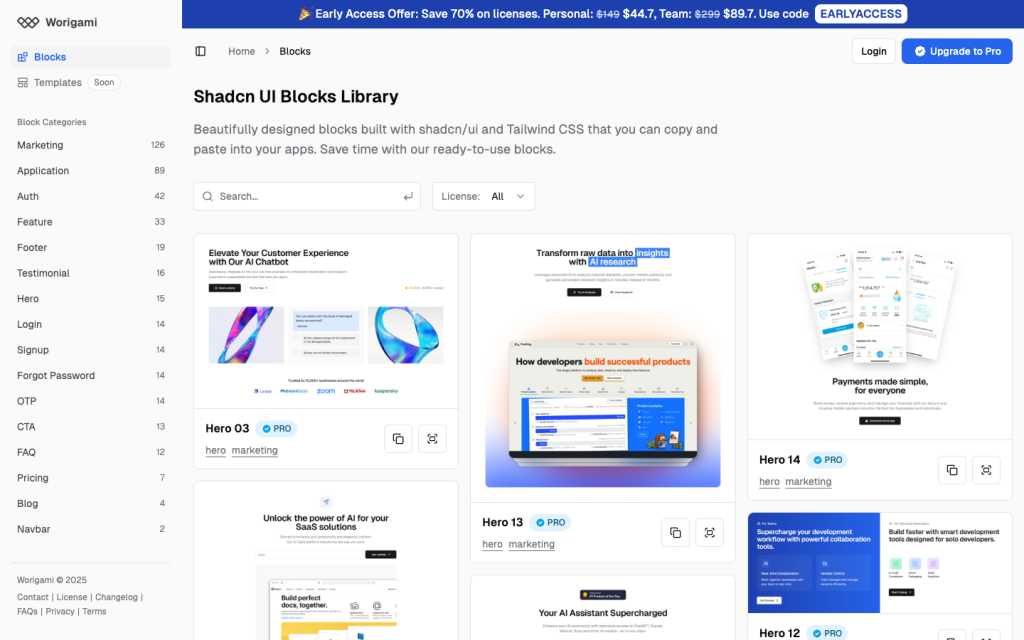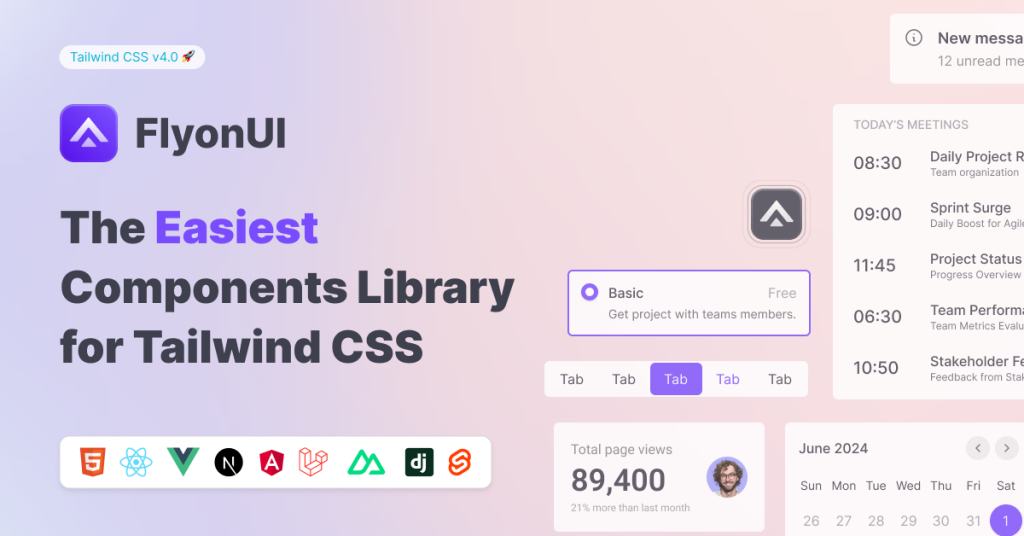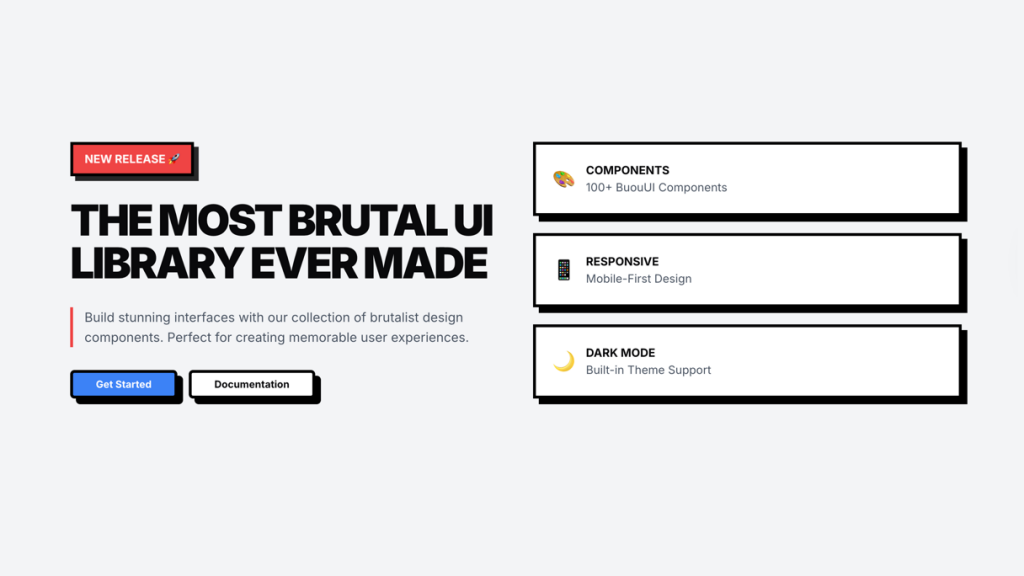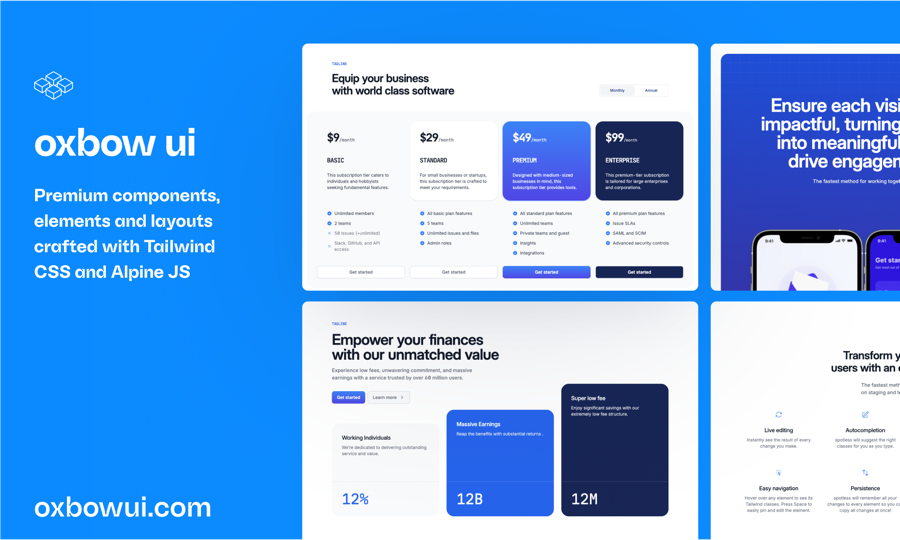Tailwind Radix UI Components
Radix UI lets you build accessible React components with unstyled, customizable primitives—perfect for flexible design systems.
 HOT
HOTShuffle Library
Paid43 Tailwind templates and 7,500+ UI components
Components
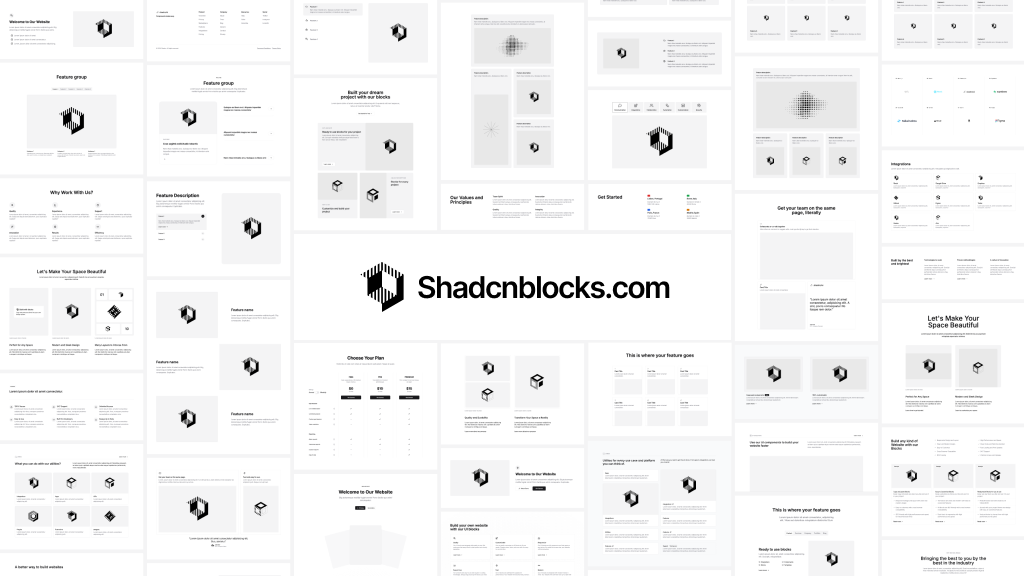
Shadcnblocks
PaidHundreds of premium components & blocks built for Tailwind & Shadcn UI
 HOT
HOTRe-usable Radix UI components with Tailwind CSS
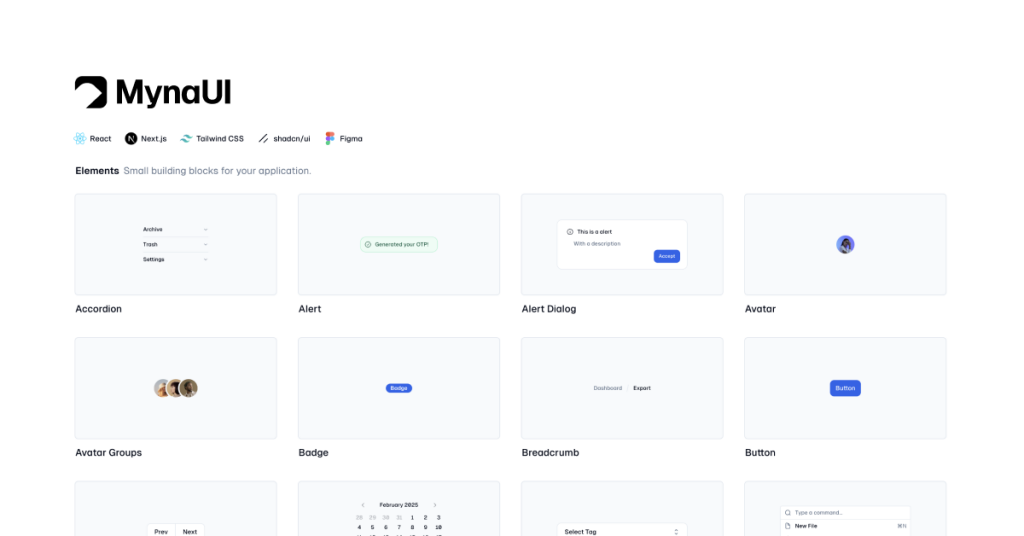
Myna UI
FreeTailwindCSS and shadcn/ui UI kit

Float UI
PaidFree Tailwind CSS components
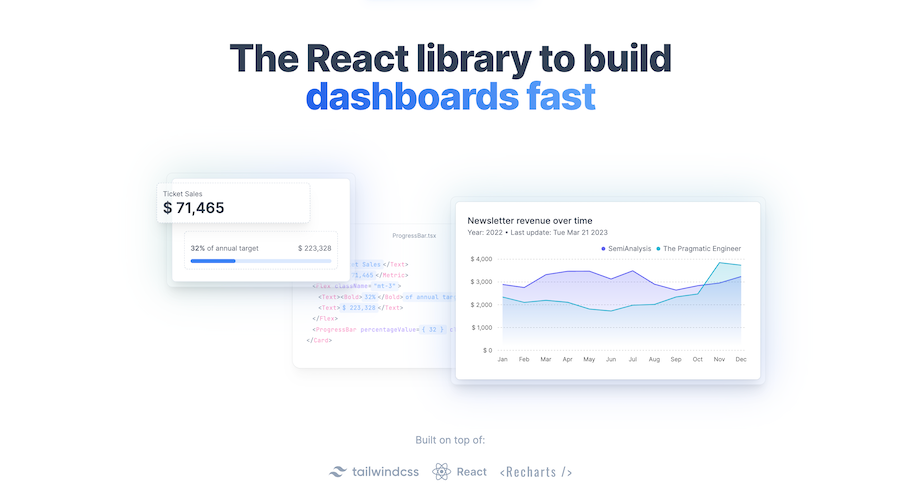
Tremor
Free47+ React UI Components for Tailwind CSS
Featured Tailwind Components
Best Tailwind components and elements to use on your web projects.
What is Radix UI?
Radix UI Components is a collection of unstyled, low-level UI components for building accessible and high-performance design systems and web applications. Unlike traditional UI libraries that come with predefined styles, Radix provides the underlying functionality, allowing developers to implement their own designs without being constrained by preset aesthetics.
Core Philosophy
Radix UI emphasizes primitives—basic building blocks that handle complex behaviors and accessibility concerns. By focusing on functionality over style, it gives developers the freedom to craft unique and cohesive designs tailored to their specific needs.
Why Choose Radix UI Components?
Choosing the right UI component library can significantly impact your development workflow and the quality of your application. Here’s why Radix UI stands out:
1. Accessibility First
Accessibility is baked into every Radix component. This means that out of the box, components like modals, dropdowns, and sliders are keyboard navigable and screen reader friendly, adhering to WAI-ARIA standards. This reduces the overhead of manually ensuring accessibility in your applications.
2. Unstyled and Customizable
Radix UI provides unstyled components, giving developers complete control over the look and feel. Whether you're aiming for a minimalist design or a vibrant, dynamic interface, Radix adapts to your design language without getting in the way.
3. Performance Optimized
Built with performance in mind, Radix minimizes unnecessary re-renders and ensures that components are lightweight. This results in faster load times and a smoother user experience, especially crucial for large-scale applications.
4. Composability
Radix components are designed to be composable. You can mix and match different primitives to build complex UI elements without being tied to a rigid structure. This flexibility allows for more innovative and tailored solutions.
5. TypeScript Support
For developers working with TypeScript, Radix UI offers robust support, ensuring type safety and better developer experience through comprehensive type definitions.
Getting Started with Radix UI
Integrating Radix UI into your project is straightforward. Here’s a quick guide to get you up and running:
Installation
Start by installing Radix UI via npm or yarn:
npm install @radix-ui/react-<component>Replace <component> with the specific Radix component you need, such as dialog, dropdown-menu, or slider.
Basic Usage
Here’s a simple example of using Radix’s Dialog component:
import * as Dialog from '@radix-ui/react-dialog';
function MyDialog() {
return (
<Dialog.Root>
<Dialog.Trigger>Open Dialog</Dialog.Trigger>
<Dialog.Overlay />
<Dialog.Content>
<Dialog.Title>Dialog Title</Dialog.Title>
<Dialog.Description>This is a Radix UI dialog.</Dialog.Description>
<Dialog.Close>Close</Dialog.Close>
</Dialog.Content>
</Dialog.Root>
);
}In this example, Radix handles all the accessibility and behavior, while you apply your own styles to achieve the desired appearance.
Key Features of Radix UI
Understanding the standout features of Radix UI helps in leveraging its full potential:
1. Accessible Components
Every component is built with accessibility in mind. Features like focus management, keyboard navigation, and ARIA attributes are handled seamlessly, ensuring your application is usable by everyone.
2. Headless Architecture
Radix follows a headless approach, meaning components provide functionality without imposing any styling. This allows for maximum flexibility in design without compromising on behavior or accessibility.
3. State Management
Radix manages the state of components internally, simplifying the process of handling open/closed states, selected items, and other interactive behaviors. This reduces boilerplate code and potential bugs.
4. Composable Primitives
The design system is built on composable primitives, enabling you to create complex UI elements by combining simple, reusable components.
5. Server-Side Rendering (SSR) Support
Radix UI components are compatible with server-side rendering frameworks like Next.js, ensuring that your application remains fast and SEO-friendly.
Common Use Cases
Radix UI Components can be applied across a wide range of scenarios in web development:
Modals and Dialogs
Creating accessible and customizable modal windows becomes effortless with Radix’s Dialog component, handling focus trapping and escape key functionality out of the box.
Dropdown Menus
Build interactive dropdowns that are both keyboard navigable and screen reader compatible, perfect for navigation menus or action selectors.
Sliders and Range Selectors
Implement precise and responsive sliders for input ranges, enhancing forms and data visualization elements.
Tabs and Accordion Interfaces
Organize content efficiently with Tabs and Accordion components, ensuring smooth transitions and user-friendly interactions.
Integrating Radix UI with Other Frameworks
Radix UI is designed to be framework-agnostic, making it compatible with popular front-end frameworks like React, Vue, and Angular. While Radix provides React components, integrating with other frameworks involves similar principles:
React Integration
Given that Radix UI is built with React, it's naturally a perfect fit. Utilize hooks and component composition to seamlessly incorporate Radix into your React projects.
Next.js and Gatsby
For applications using Next.js or Gatsby, Radix UI aligns well with server-side rendering and static site generation, ensuring fast load times and optimal SEO performance.
Styling Solutions
Radix UI plays well with CSS-in-JS libraries like Styled-Components or Emotion, as well as traditional CSS and utility-first frameworks like Tailwind CSS. This flexibility allows you to maintain consistent styling practices across your project.
Tips and Best Practices
Maximizing the benefits of Radix UI Components involves adhering to certain best practices:
1. Embrace Composition
Leverage the composable nature of Radix components to build complex UI elements from simple primitives. This promotes reusability and maintainability in your codebase.
2. Prioritize Accessibility
While Radix handles much of the accessibility groundwork, always test your components with various assistive technologies to ensure a seamless user experience for all.
3. Customize Thoughtfully
Take advantage of the unstyled nature of Radix to implement your design system. Ensure that custom styles align with the overall aesthetic and usability principles of your application.
4. Stay Updated
Radix UI is actively maintained and frequently updated with new components and features. Keep your dependencies up to date to benefit from the latest improvements and security patches.
5. Utilize TypeScript
If you're using TypeScript, capitalize on Radix's strong type definitions to catch errors early and improve the overall reliability of your code.
Radix UI Components offer a powerful and flexible solution for building accessible and high-performance user interfaces. By providing unstyled primitives, Radix empowers developers to craft bespoke designs without sacrificing functionality or accessibility.

